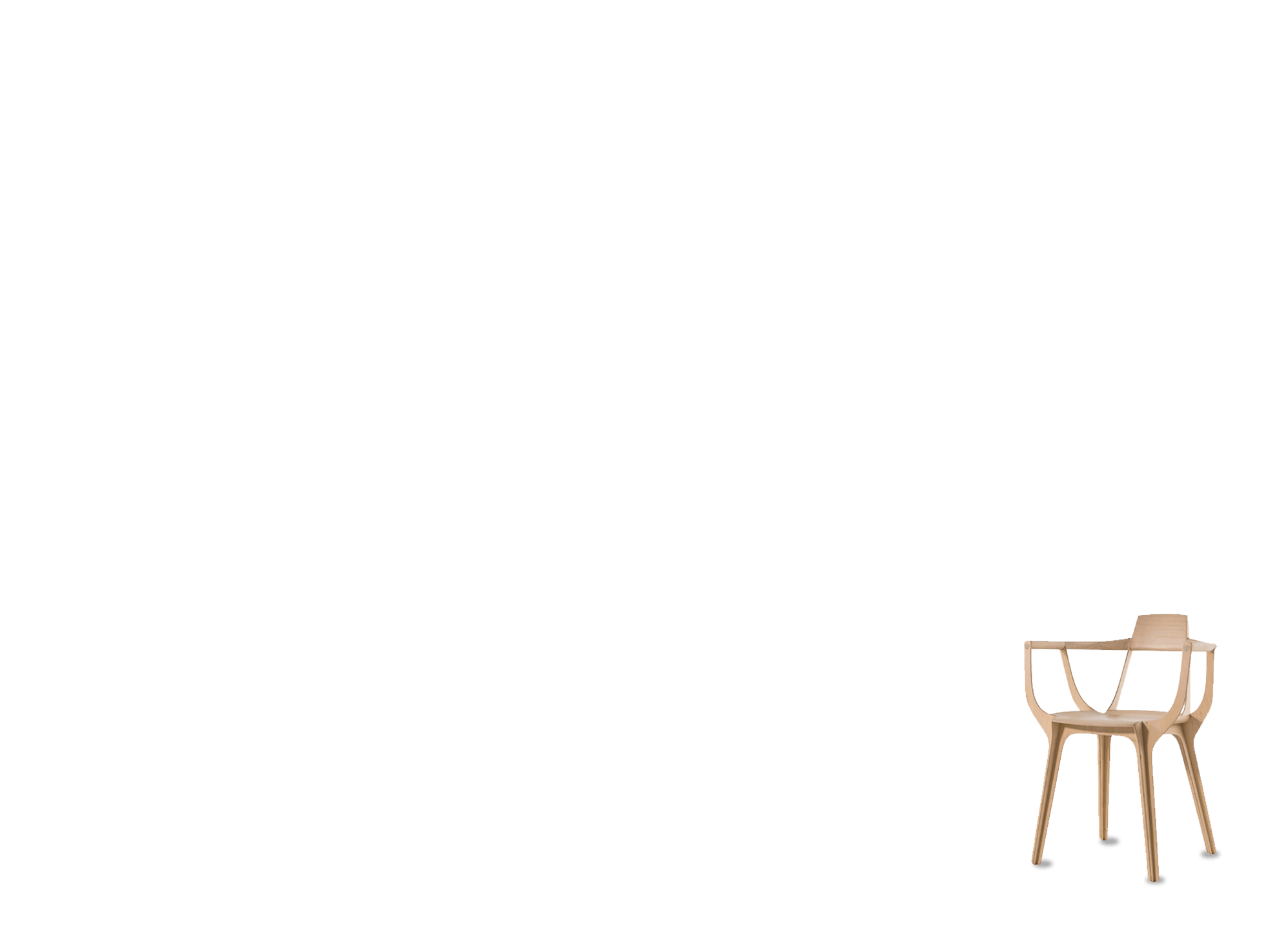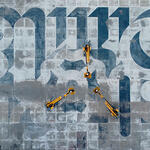
Monica Lundy
Bio
Italian-American artist Monica Lundy was born in Portland, Oregon (1974) and raised between the United States and Saudi Arabia. She holds a BFA in sculpture from the School of the Art Institute of Chicago and an MFA in painting from Mills College, where she worked closely with the Chinese-American artist Hung Liu (1948-2021). Lundy’s lavish mixed-media paintings and installations are based on extensive research conducted in archives, museums and libraries around the world. Her subjects include historically marginalized populations whose struggles are long forgotten. By unearthing the narratives of these people and places, she gives new voice to their plights, that we today might learn from the trials they endured. Her painting technique incorporates non-traditional media such as clay, rusted metal, liquid porcelain, and burned paper, catching viewers off-guard with a sensibility is simultaneously gritty and luxuriant. Lundy’s site-specific installations have been mounted in unusual venues such as Alcatraz Island, San Francisco Mint, Golden Gate State Park in San Francisco and Santa Maria della Pietà in Rome (a decommissioned “insane asylum”). She is the subject of a recently published monograph featuring texts by four distinguished authors, with a lead essay by Dorothy Moss, curator of painting and sculpture at the National Portrait Gallery (Smithsonian Institution, Washington, D.C.). Lundy currently lives and works in Rome and Friuli Venezia Giulia, Italy.
Statement
Monica Lundy is an artist gifted with an extraordinary technique; she is also, notably, a historian, a detective, a time-traveler, and a necromancer. Through assiduous research of archival materials, she unearths vanished paradigms and reconjures them as haunting historical portraiture. Through the séance of art-making, she is able, effectively, to raise the spirits of people and places long since faded into obscurity and empower them to whisper their truths into contemporary ears. The material virtuosity with which she accomplishes this feat is something to behold. In the ten-plus years I have been writing about her work, I have marveled at the invention with which she finesses, wrangles, and sometimes flat-out strong-arms disparate media into sumptuous celebrations of time, memory, decay, and transformation.
Lundy’s best-known paintings commemorate marginalized and disenfranchised populations whose names and images she culls from antiquarian ledgers and compendia: mental-hospital patients, sex workers, prison inmates, a host of lost souls and habitués of the demimondes of yesteryear. An enormous sense of empathy and compassion for her subjects radiates from her work with palpable intensity. I’ve often wondered where in her background this compassion and sensitivity toward the Other arises from—whether its origins lay in her girlhood as an Italian-American growing up amid the patriarchy of Saudi Arabia, a place where she felt very much a stranger in a strange land. Or whether it flows, at least in part, from the very nature of the media she deploys in her work, a mélange of visceral materials with many of the properties of the earth itself. By turns slathered with creamy gouache impasto, gelatinous and sensual; blackened with charcoal, ink, and coffee grounds; gleaming gold leaf and flecks of mica, mixed in with rusted steel; and clay cracked like a parched desert lakebed—these impossibly rich surfaces delight the viewer’s eye with unexpected tactility.
Above and beyond her unimpeachable command of the human figure, Lundy balances her extraordinary surfaces and compositional acumen with a go-for-broke, highly physical, even violent, paint application. The resulting works, to my eye, fall in the lineage of Anselm Kiefer, Alberto Burri, Arte Povera, and Neo-expressionism. Rarely do paintings born of such rigorous archival study hold forth with a presence so spontaneous and passionate.
Additional information
Lundy’s best-known paintings commemorate marginalized and disenfranchised populations whose names and images she culls from antiquarian ledgers and compendia: mental-hospital patients, sex workers, prison inmates, a host of lost souls and habitués of the demimondes of yesteryear. An enormous sense of empathy and compassion for her subjects radiates from her work with palpable intensity. I’ve often wondered where in her background this compassion and sensitivity toward the Other arises from—whether its origins lay in her girlhood as an Italian-American growing up amid the patriarchy of Saudi Arabia, a place where she felt very much a stranger in a strange land. Or whether it flows, at least in part, from the very nature of the media she deploys in her work, a mélange of visceral materials with many of the properties of the earth itself. By turns slathered with creamy gouache impasto, gelatinous and sensual; blackened with charcoal, ink, and coffee grounds; gleaming gold leaf and flecks of mica, mixed in with rusted steel; and clay cracked like a parched desert lakebed—these impossibly rich surfaces delight the viewer’s eye with unexpected tactility.
Above and beyond her unimpeachable command of the human figure, Lundy balances her extraordinary surfaces and compositional acumen with a go-for-broke, highly physical, even violent, paint application. The resulting works, to my eye, fall in the lineage of Anselm Kiefer, Alberto Burri, Arte Povera, and Neo-expressionism. Rarely do paintings born of such rigorous archival study hold forth with a presence so spontaneous and passionate.


2.5 x 4m / 98.4 x 157 in

















